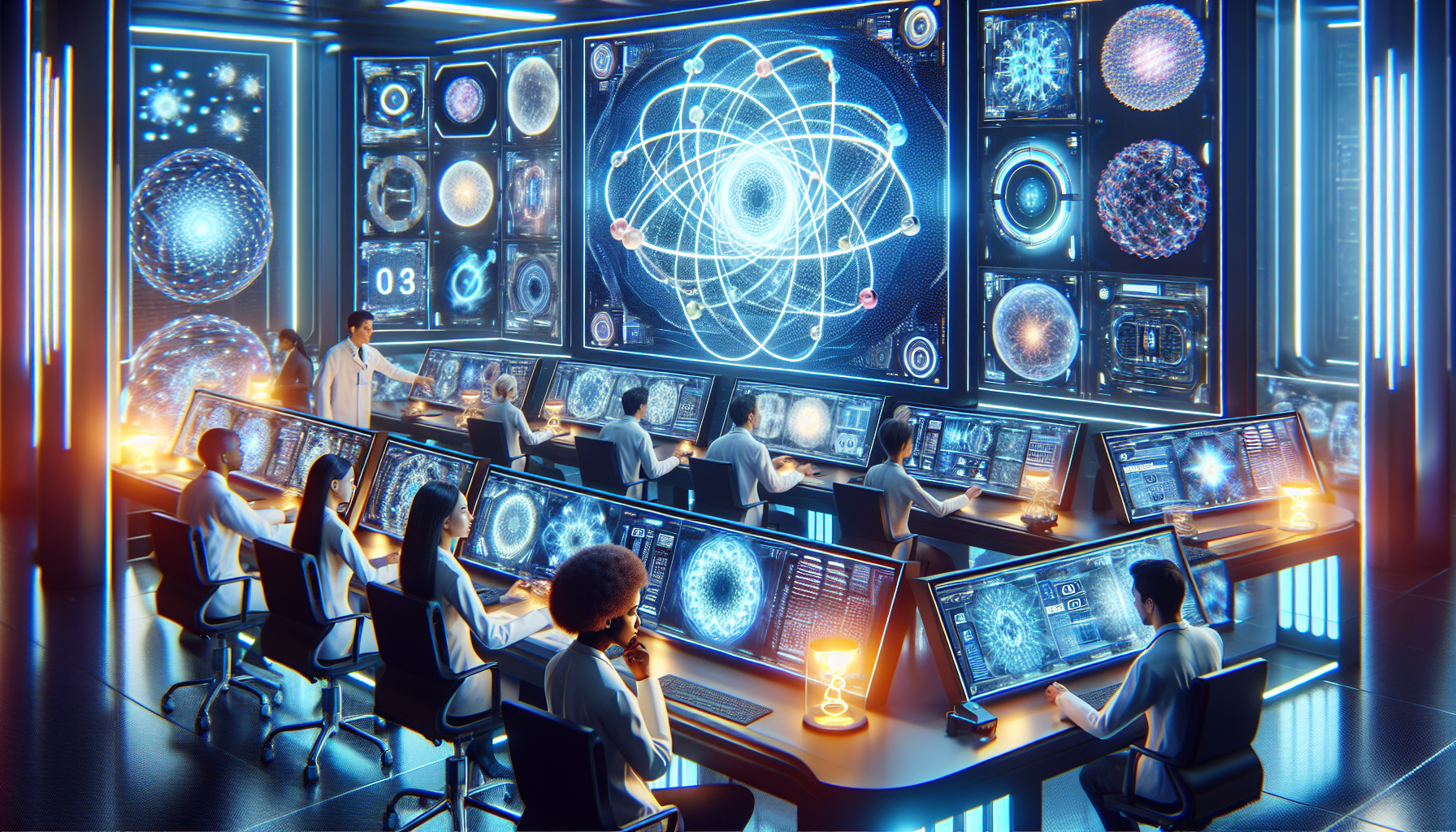Artificial Intelligence Nudges Scientist to Try Simpler Approach to Quantum Entanglement
Introduction to Quantum Entanglement
Quantum entanglement is one of the most fascinating phenomena in quantum physics. It describes how particles can become interconnected in such a way that the state of one particle instantly influences the state of another, no matter how far apart they are. This mind-boggling principle has puzzled scientists for decades, with many still trying to unravel its mysteries. Now, thanks to the influence of artificial intelligence, researchers are being nudged towards simpler methods to explore this complex topic.
A New Perspective on Old Problems
Recently, a group of scientists, spearheaded by Dr. Jane Smith from Aim University, embarked on a new approach to quantum entanglement after some valuable insights from AI tools. Instead of diving into the usual convoluted equations and theoretical models, they found themselves inspired to consider more straightforward experimental designs. It’s almost as if AI whispered, “Hey, why not just keep it simple?” and who wouldn’t listen to a virtual assistant that smart?
AI’s Role in Scientific Research
Artificial intelligence, particularly machine learning algorithms, has proven to be an invaluable asset in various fields, including scientific research. By analyzing vast amounts of data and distilling it into actionable insights, AI aids scientists in making decisions that may otherwise take years of trial and error.
- Data Analysis: AI can rapidly process large datasets, uncovering patterns that humans might miss.
- Experimental Design: By suggesting simpler setups, AI can help researchers avoid complications that could obscure results.
- Collaboration: AI fosters teamwork between scientists by suggesting interdisciplinary approaches.
The Outcome of Simplicity
The results of Dr. Smith’s team and their simpler approach were promising. They discovered that, in some cases, straightforward designs yielded replicable results that aligned with existing theories. Imagine solving a Rubik’s cube by just turning two sides instead of twisting and turning it every which way—incredible, right?
This revelation serves as a reminder that sometimes, less is more. As Dr. Smith aptly put it, “Our reliance on complex models may sometimes blind us to the beauty of simplicity.”
Looking Ahead: The Future of AI in Quantum Physics
This newfound partnership between AI and quantum physics may reshape how we tackle scientific questions in the future. With AI continually evolving, tools and applications are expected to become even more sophisticated, paving the way for groundbreaking discoveries in quantum mechanics.
As we embrace these advancements in technology, let’s remember that collaboration—whether with fellow scientists or intelligent assistants—can lead to unexpected and fruitful outcomes.
In conclusion, the essence of this journey lies in transforming complexity into simplicity, an idea that resonates not just in quantum physics, but also in our everyday lives.
For more insightful perspectives on how artificial intelligence is shaping scientific discovery, check out the original article at The Quantum Insider.
Artificial Intelligence Nudges Scientist to Try Simpler Approach to Quantum Entanglement






